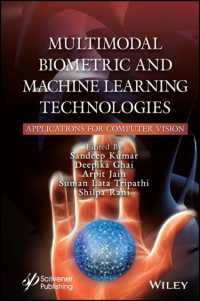基本説明
The Austronesian language family is the largest language family in the world, yet its members are relatively little studied, particularly from a formal perspective.
Full Description
The Austronesian language family is the largest language family in the world, yet its members are relatively little studied, particularly from a formal perspective. Interestingly, because these languages exhibit typologically unusual properties, they pose important challenges to linguistic theory. Any theory that postulates a grammar that is common to all languages must take into account the particular characteristics of this language family. The contributions to this volume comprise five chapters on phonology and twelve chapters on syntax, all addressing aspects of these Austronesian challenges. The volume presents new data, new analyses of old data, and comparisons of closely related languages, as well as comparisons to languages outside of the language family. Taken together they form a unique picture of Austronesian linguistics. This volume will be of interest to researchers and students in phonetics, phonology, morphology, syntax, and language typology, as well as scholars of Austronesian languages.
Contents
1. Acknowledgements; 2. Introduction; 3. Phonetics/Phonology/Morphology; 4. The role of larynx height in the Javanese tense ‾ lax stop contrast (by Brunelle, Marc); 5. Reduplication in Tanjung Raden Malay (by Yanti); 6. Discontiguous reduplication in a local variety of Malay (by Nuger, Justin); 7. Phonological evidence for the structure of Javanese compounds (by Tang, Katrina Schack); 8. Intonation, information structure and the derivation of inverse VO languages (by Frascarelli, Mara); 9. Syntax; 10. The case of possessors and 'subjects' (by Donohue, Cathryn); 11. Genitive relative constructions and agent incorporation in Tongan (by Otsuka, Yuko); 12. Possession syntax in Unua DPs (by Pearce, Elizabeth); 13. Seediq adverbial verbs: A review of the evidence (by Holmer, Arthur); 14. On the syntax of Formosan adverbial verb constructions (by Chang, Henry Y.); 15. Specification and inversion: Evidence from Malagasy (by Paul, Ileana); 16. VSO word order in Malagasy imperatives (by Potsdam, Eric); 17. A unified analysis of Niuean Aki (by Ball, Douglas); 18. Deriving inverse order: The issue of arguments (by Massam, Diane); 19. The impersonal construction in Tagalog (by Law, Paul); 20. Anaphora in traditional Jambi Malay (by Cole, Peter); 21. On parameters of agreement in Austronesian languages (by Baker, Mark C.); 22. Index








